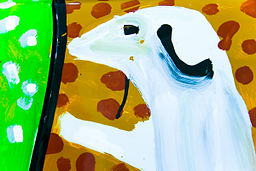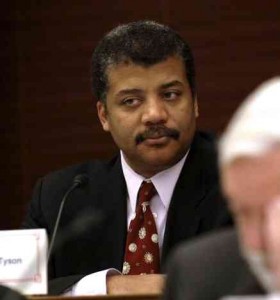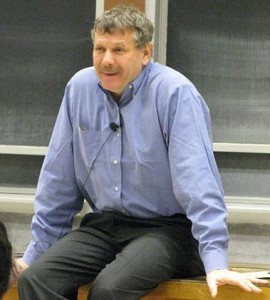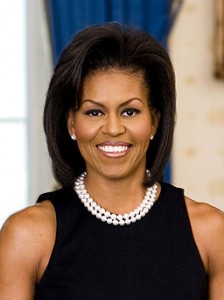 Brandon M. Graham is an educator and author of A Love Supreme: Amputated Feelings & Prosthetic Apologies (Brownstone Publishing, Inc., 2005), as well as the forthcoming collection of poetry entitled Conciliation: Medicine for Melancholy (Brownstone Publishing, Inc. 2011).
Brandon M. Graham is an educator and author of A Love Supreme: Amputated Feelings & Prosthetic Apologies (Brownstone Publishing, Inc., 2005), as well as the forthcoming collection of poetry entitled Conciliation: Medicine for Melancholy (Brownstone Publishing, Inc. 2011).
He’s also a friend; once upon a time we team taught a professional development course at New School University.
We chatted online recently, and discussed the career path that has led him to become the published poet he is today. Our conversation took twists and turns, uncovering references to Russian literature, growing up with ministers, and wetting himself while writing.
The full interview follows, with very minor edits:
Haig Chahinian: When you were 12, what did you want to be when you grew up?
Brandon M. Graham: I remember wanting to be both a professional athlete and a writer of some sort. I wasn’t too versed in genre, but I know I loved playing sport and writing in my journal.
HC: What kind of athlete? And that’s quite a mix! Did you share this with anyone at that time?
Graham: As a kid I played organized football, basketball, and track. My parents and coaches have always been really encouraging. I think I had a natural aptitude for playing football. I idolized players like Walter Payton and Jerry Rice. Also, I did share it with my teachers, coaches, and classmates. I wasn’t necessarily ashamed about wanting to be a writer and surely I wasn’t ashamed of wanting to be a professional athlete. I think those thoughts of anxiety toward keeping a journal and writing crept in when I began high school.
HC: In professional football, what did you want in that line of work? Fame? To crush other ballplayers? Fortune? The poetry of a perfect spiral viewed by millions? And what did writing in your journal feel like to you? It seems like you felt something significant, because you thought about pursuing writing professionally. (And tell me to slow down if we’re going too fast.)
Graham: That’s funny you would use that language because really early on I found the poetry and symmetry in sport. I had always been a running back when I played football. I noticed the kind of choreography of a football play. You have eleven men going up against eleven other men–and that can both violent and exhilarating. However, the overwhelming feeling I walked away from each play was just how amazed I was that we were all in sync. So I really enjoyed teamwork and collaboration with others on the field. The fame and money and all that comes with being a professional athlete was all secondary. (OK, forgive if I’m typing too slow. I’ll do my best to keep up, but just be a little patient with me and we’re all good man. This is cool.)
HC: So you were a thinker from an early age. Both of these avenues — professional sports and professional writing — are hard to find success in! What happened in high school, where I hear you say anxiety crept in? How did that happen? For example, was it completely internal? Or perhaps there were external forces at play? Read more →
 Many artists can school the world on how to love, and how to work. Just recently at the Brooklyn Museum we came upon an eye-opening example of how to bring your whole self to work by English painter David Hockney.
Many artists can school the world on how to love, and how to work. Just recently at the Brooklyn Museum we came upon an eye-opening example of how to bring your whole self to work by English painter David Hockney.




